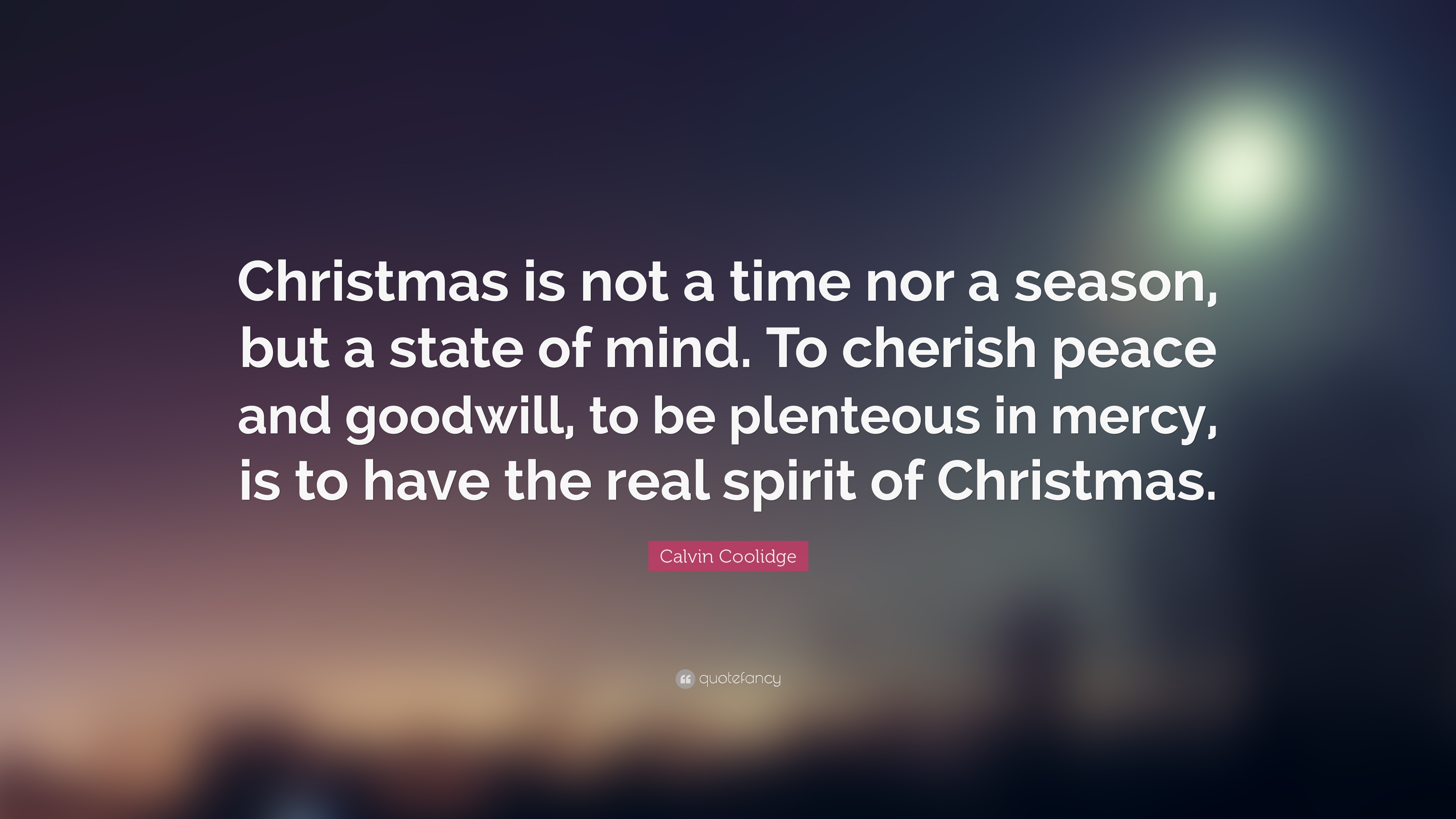COMMENTARY BY
Lee Edwards Lee Edwards is the distinguished fellow in conservative thought at The Heritage Foundation’s B. Kenneth Simon Center for Principles and Politics. A leading historian of American conservatism, Edwards has published 25 books, including biographies of Ronald Reagan, Barry Goldwater and Edwin Meese III as well as histories of The Heritage Foundation and the movement as a whole.
dent also expressed thanks for a number of important people and institutions that bolster the quality of Americans’ lives today, including the military, law enforcement, community servants, and religious leaders.
He reserved special gratitude for what is perhaps the most crucial pillar of society. “Especially tonight, I thank America’s families. At Christmas we are reminded more than ever that the family is the bedrock of American life.”
Throughout the years, the Christmas tree lighting tradition has withstood the test of time and served as a symbol of hope through moments of hardship. In 1945, President Harry Truman delivered a Christmas message of optimism during a time consumed by the despair of World War II.
“This is the Christmas that a war-weary world has prayed for through long and awful years,” said Truman. “With peace come joy and gladness. The gloom of the war years fades as once more we light the National Community Christmas Tree.”
